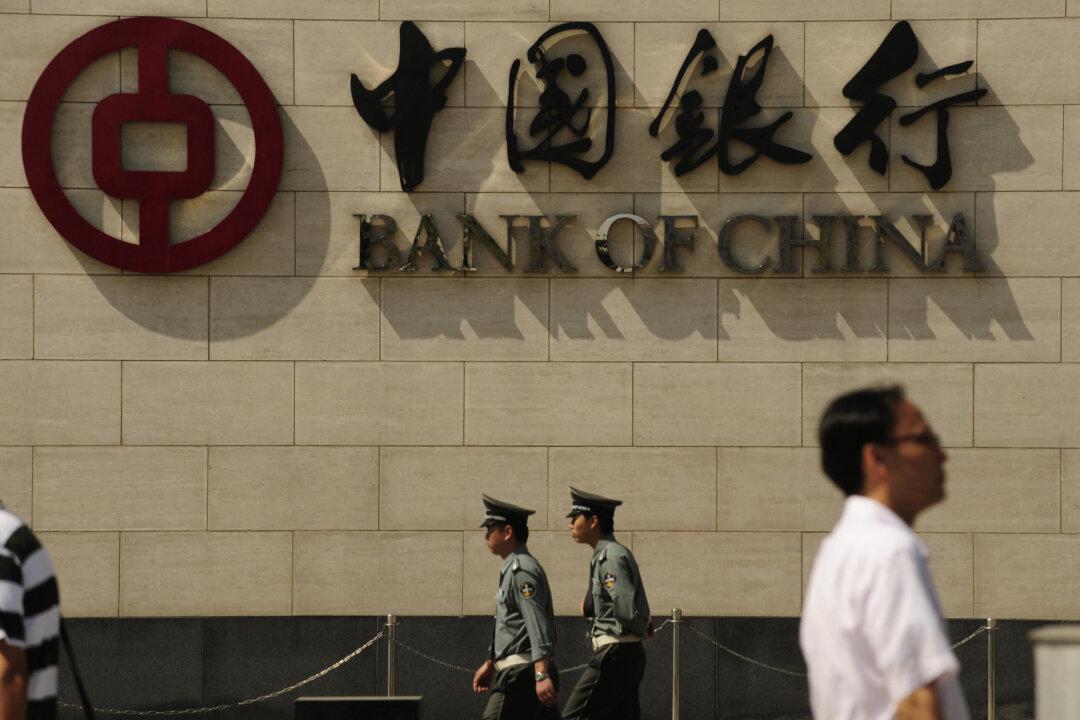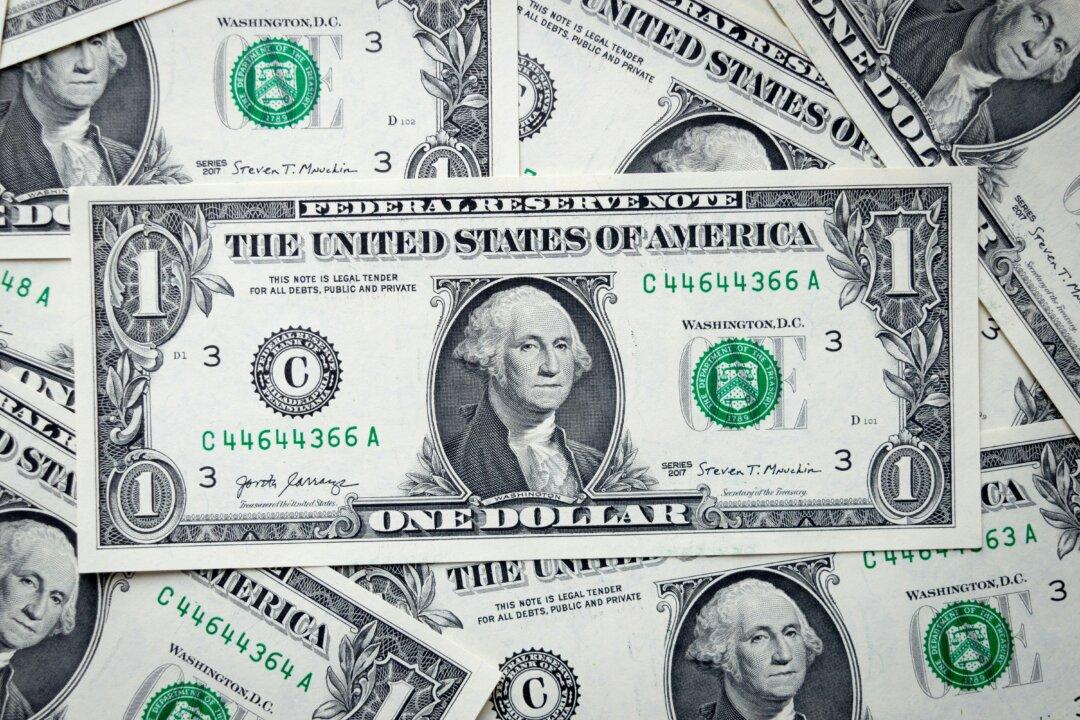In an effort to maintain a delicate balancing act between pushing economic recovery and limiting further depreciation of the yuan, China left benchmark lending rates (LPR) unchanged at a monthly fixing on Monday.
But even as this was expected by the market, according to analysts at Capital Economics, the central bank, The People’s Bank of China will be forced to slash rates sooner rather than later, owing to the weakening momentum of the world’s second largest economy.





